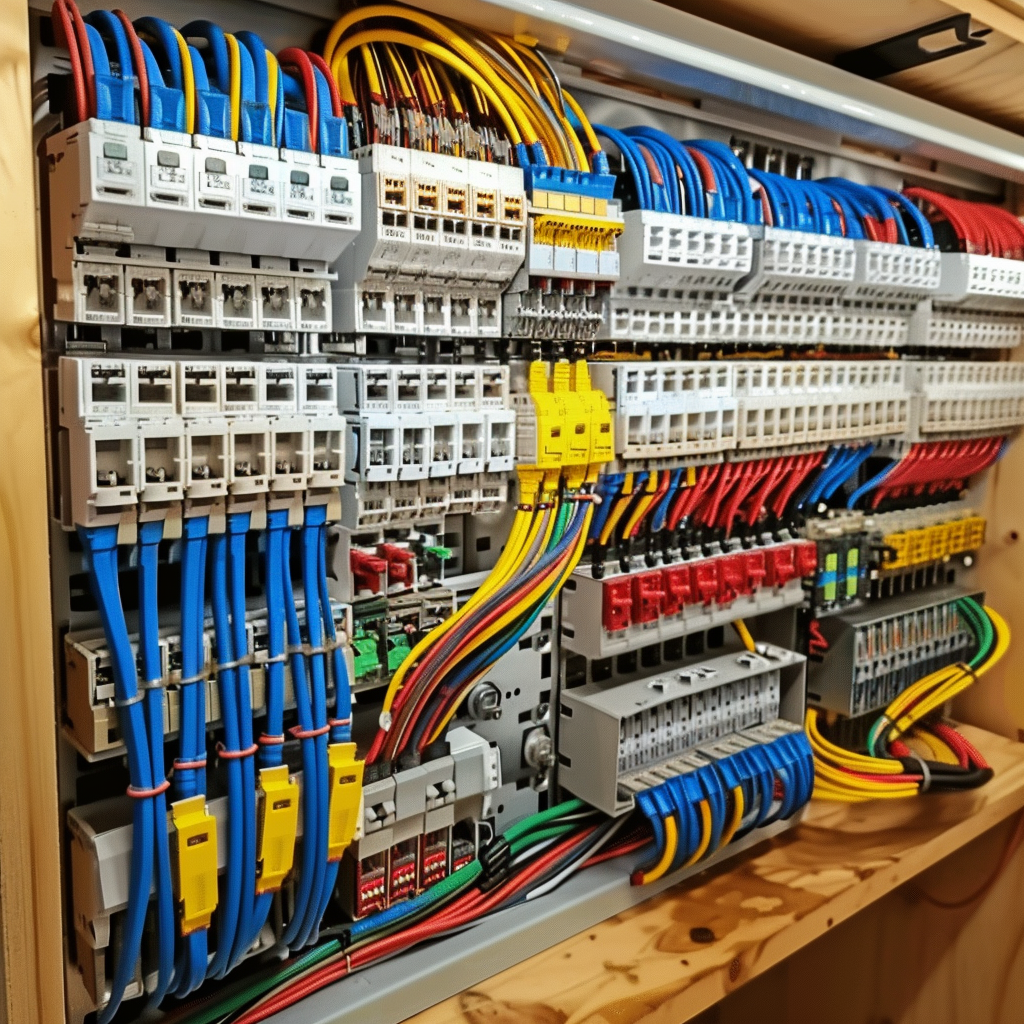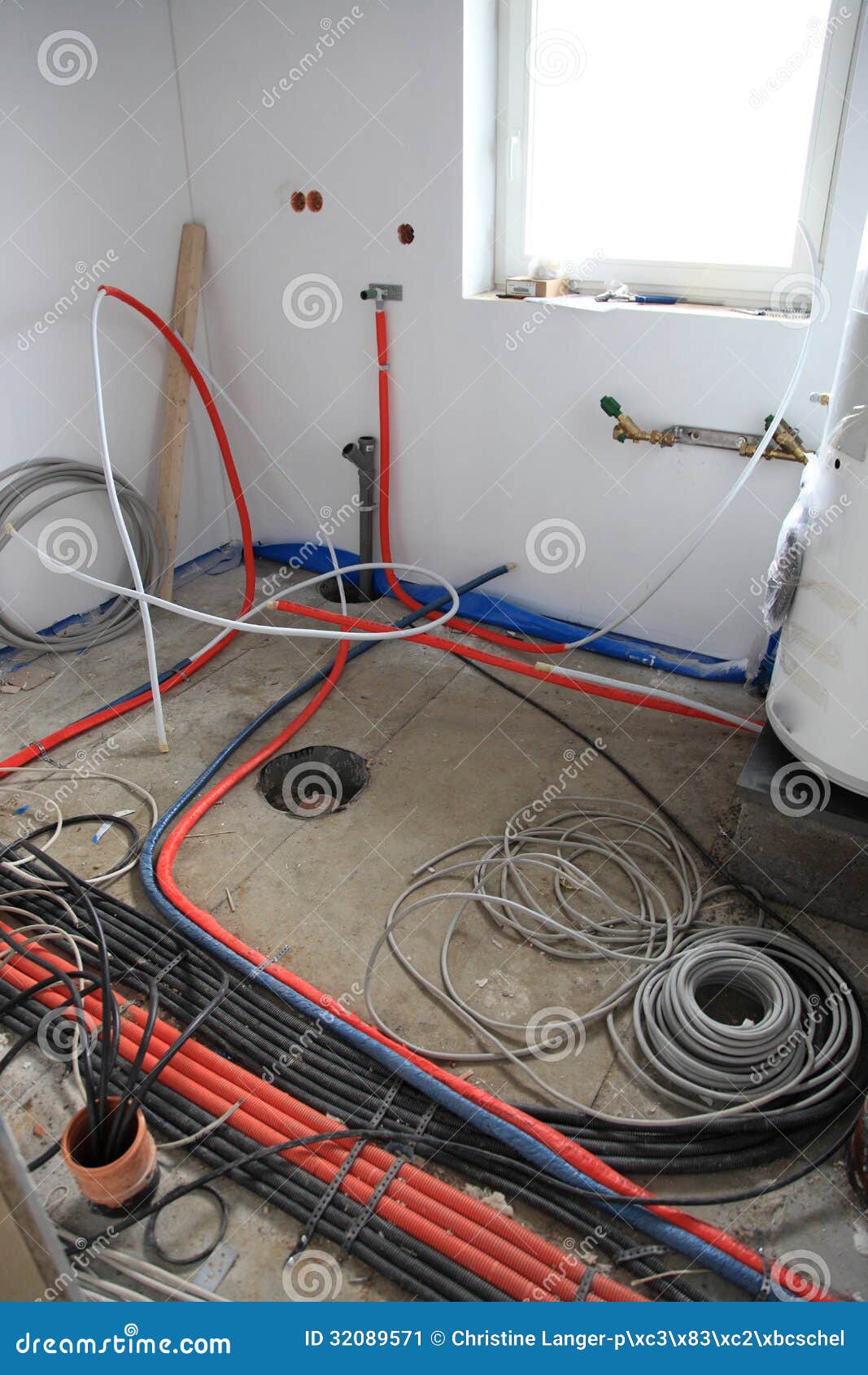Expert BRE Electrical Melbourne Services for Your Electrical Projects
Expert BRE Electrical Melbourne Services for Your Electrical Projects
Blog Article
The Ultimate Overview to Electric Setup: Tips and Methods for a Safe and Reliable Home Electrical Wiring System
In the world of home upkeep, couple of elements are as vital yet usually neglected as the electrical circuitry system. Making certain a risk-free and reliable home electrical wiring configuration demands not only a fundamental understanding of electric principles but also functional expertise of setup strategies and upkeep methods. From navigating the ins and outs of wire links to troubleshooting usual concerns that might occur, this guide intends to equip homeowners with the necessary tips and tools essential for a secure and energy-efficient electrical system. By discovering the nuances of electric precaution and energy-saving techniques, this thorough guide will clarify the complexities of home circuitry, empowering people to organize their family's electric framework.
Recognizing Electric Precaution
To ensure the security of both individuals and home, understanding and applying correct electric safety actions is vital in any kind of home circuitry project. It is critical to carry out a thorough assessment of the electrical system before beginning any circuitry job to determine prospective risks or problems that need to be attended to.
Furthermore, making use of the suitable tools and tools is important for keeping safety throughout electric setups. Protected gloves, voltage testers, and safety glasses are some of the fundamental safety gear that need to be put on to avoid electric shocks or mishaps. It is also important to de-energize circuits before servicing them and to label all circuits and breakers plainly to avoid confusion.

Essential Tools for Home Electrical Wiring
Making certain the proper implementation of electric precaution in home electrical wiring jobs entails using a details set of vital devices developed to promote the setup procedure properly and securely. A few of the key tools needed for home wiring jobs consist of a voltage tester for checking real-time cords, wire pole dancers for eliminating insulation from wires, a cable cutter for precisely cutting cords to length, a screwdriver established for safeguarding electrical elements, electrical tape for insulation and securing connections, a cable television ripper for removing cable sheathing, and a multimeter for determining voltage, current, and resistance. In addition, a drill with little bits is crucial for producing holes for electrical wiring and placing electric boxes, while fish tapes or poles aid in drawing cords with avenues or wall surfaces. It is essential to purchase high-grade devices to ensure accuracy, performance, and safety throughout home circuitry projects. By having the required tools easily available, house owners can efficiently browse the setup procedure and maintain a protected electrical system within their homes - BRE Electrical Solutions.
Step-by-Step Electrical Installment Overview
Starting an electrical setup job needs precise preparation and adherence to safety and security standards. Prior to beginning any work, guarantee you have an in-depth plan outlining the layout of the electrical system, consisting of the positioning of outlets, switches, and components. Take into consideration the power needs of each tool to establish the proper cord scale and circuit breaker dimensions.
The initial step in the setup procedure is Check This Out to close off the power supply to the area where you will certainly be working. Make use of a voltage tester to verify that the circuits are de-energized before touching any kind of cables. Next off, meticulously remove existing components or electrical outlets and separate the cables.
When mounting new circuitry, run cords through wall surfaces and ceilings, safeguarding them in position with appropriate fittings. Adhere to local building regulations and supplier instructions for proper wire installment and connections. BRE Services. See to it to classify wires for easy identification and future maintenance

Troubleshooting Common Wiring Issues
Having actually finished the installment procedure as described in the previous subtopic, troubleshooting typical electrical wiring issues is an important ability for making certain the security and capability of your electric system. One typical problem is a stumbled circuit breaker, usually created by overloaded circuits or a short circuit. To troubleshoot this, situate the breaker panel, recognize the tripped breaker by looking for the one not totally in the "on" setting, and reset it by flipping it completely to "off" and after that back to "on." One more common trouble is a faulty electrical outlet, characterized by no power or periodic power supply. Make certain the electrical outlet is not regulated by a switch, after that use a voltage tester to look for power. If there is no power, shut off the circuit, inspect the circuitry links for check my reference any type of loosened or broken wires, and change the electrical outlet if needed. Continually flickering lights can indicate loose circuitry connections or an overloaded circuit. To resolve this, check and tighten up all wire connections in the affected fixtures and switches and redistribute the tons on the circuit to stabilize the electric demand. Regularly inspecting and quickly resolving these usual electrical wiring concerns will keep the safety and effectiveness of your home electrical system.
Tips for Energy-saving Electrical Solutions
For ideal energy efficiency in electrical systems, carrying out wise practices and using energy-saving modern technologies is vital. One key suggestion for attaining an energy-efficient electric system is to update to LED lighting. LED bulbs take in dramatically less power than traditional incandescent bulbs and have a longer life-span, making them an affordable option in the future. In addition, setting up programmable thermostats can aid control home heating and cooling systems, minimizing power waste when nobody is home. An additional method is to invest in energy-efficient appliances that are power STAR certified, ensuring they fulfill high criteria for power effectiveness. check this site out Appropriate insulation and securing of home windows, doors, and electric outlets can additionally avoid power loss, eventually lowering the workload on electric systems. Finally, take into consideration integrating renewable resource sources like photovoltaic panels to further decrease reliance on conventional power grids. By integrating these energy-efficient pointers and technologies, property owners can not only conserve cash on their electricity costs but also reduce their ecological influence.
Conclusion
In verdict, applying appropriate security measures, making use of crucial tools, complying with a step-by-step installation overview, repairing common issues, and incorporating energy-efficient suggestions are crucial for a safe and reliable home wiring system. By adhering to these techniques, house owners can make sure the durability and performance of their electrical installations. It is very important to focus on safety and security and efficiency when it pertains to electric operate in order to stop potential threats and to keep a trusted electric system in the home.
Report this page